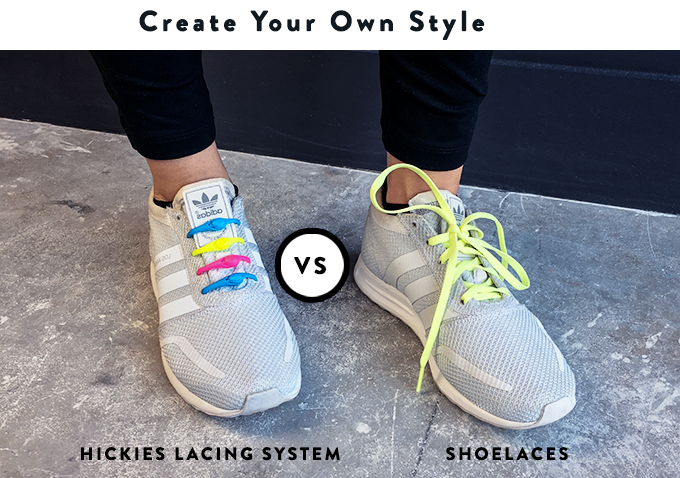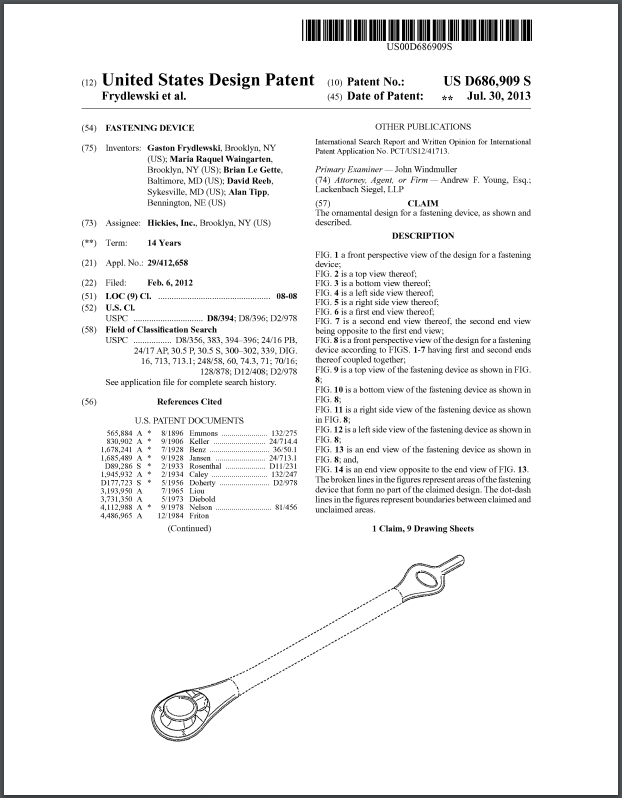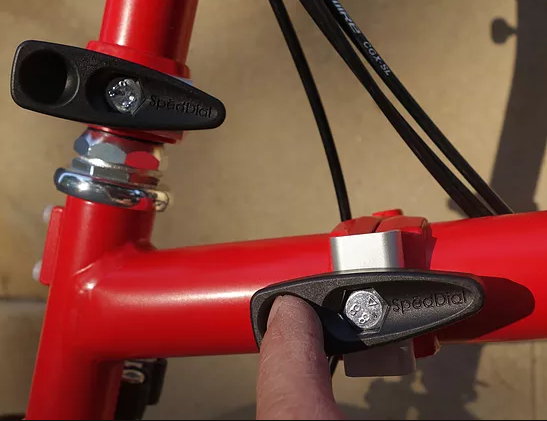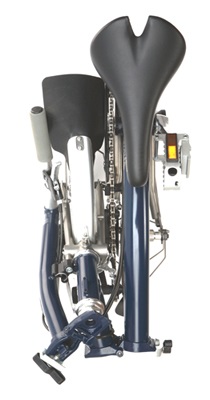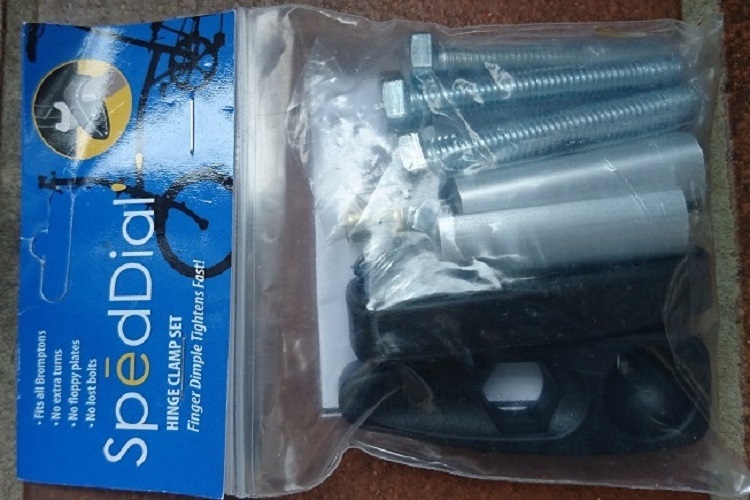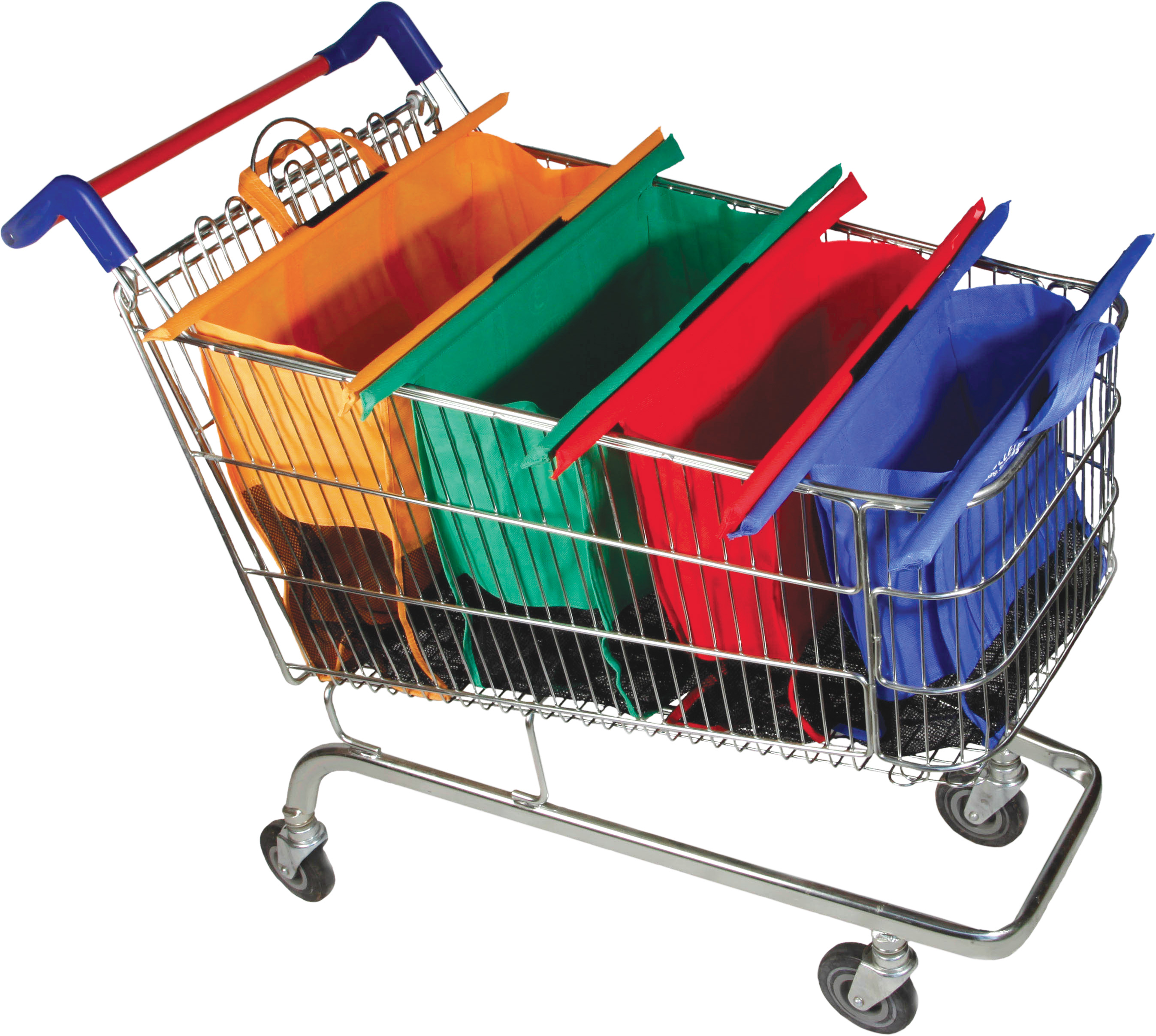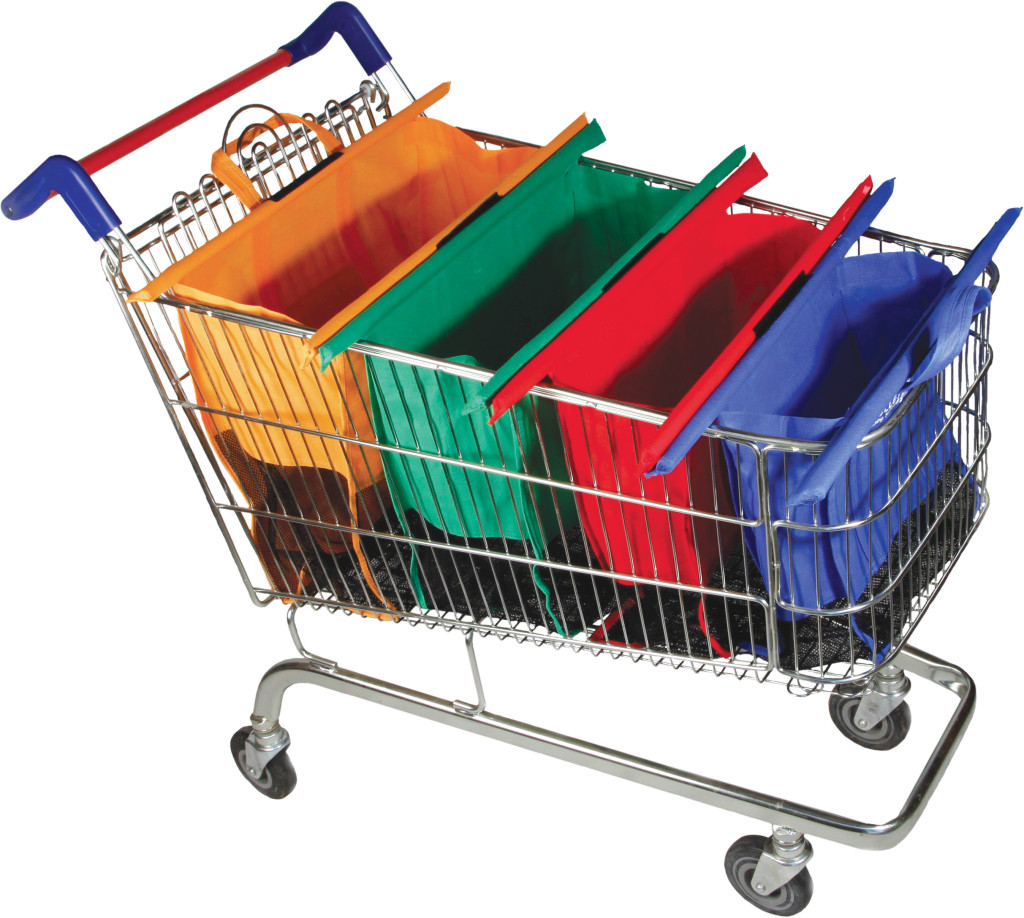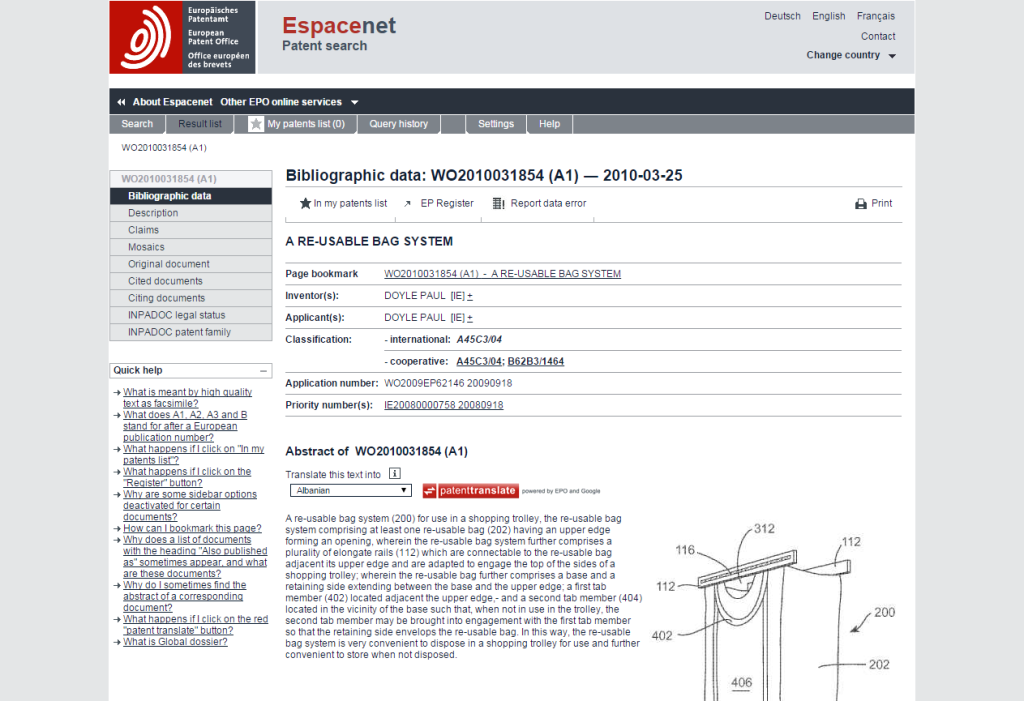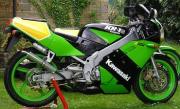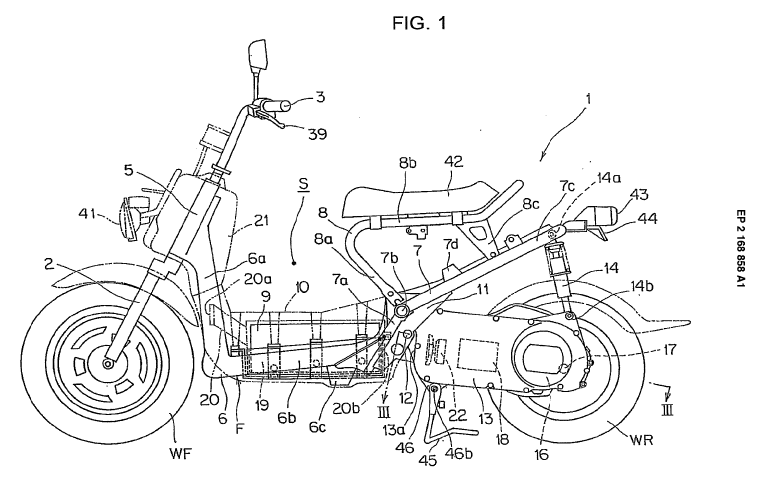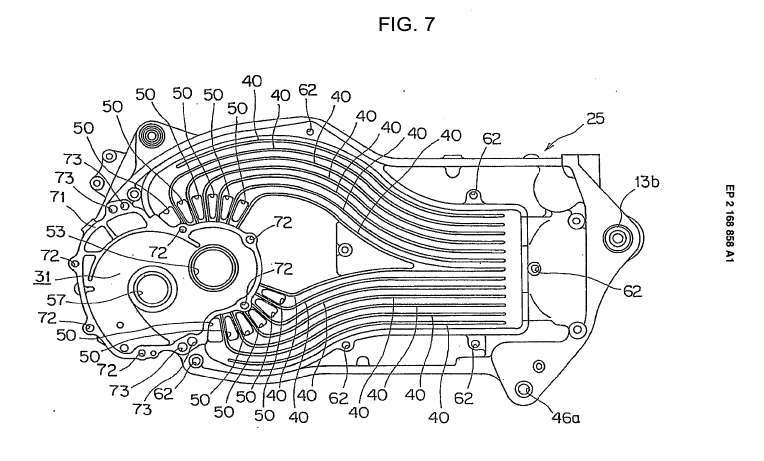 After a couple of years absence I decided to re-visit the British Invention Show (BIS). For this year they had moved from the echoing halls of Ally Pally in north London, to the recently revamped Spitalfields market in east London.
After a couple of years absence I decided to re-visit the British Invention Show (BIS). For this year they had moved from the echoing halls of Ally Pally in north London, to the recently revamped Spitalfields market in east London.
For sixteen years Spitalfields had been my regular lunchtime haunt, so I was curious to see how much it had changed since its rebuilding. The area now consists of a mixture of shiny new office buildings, trendy boutique stores and restaurants, as well as the traditional brick-a-brack and jewellery market stalls based in the old food market. The visit got off to an expensive start when allowed myself to be lured into a branch of Montezuma’s chocolate shop and purchase a bar of Brighton’s best ethical chocolate ginger.
The British Invention Show exhibition space had been built underneath the market hall and was smaller than I was expecting. However, once inside the material ‘roof’ meant you forgot about the market outside and concentrated on the exhibiting stands.
As in previous years the number of British inventors was really quite small, compared to those from abroad, especially from Malaysia and Saudi Arabia. There were even a few from Iran.
However, as in the past there were still a few exhibitors who made the trip worthwhile for me.
An additional incentive for going along was an opportunity to meet Tara Roskell writes two excellent blogs – graphic design blog and Ideas Uploaded, about inventing and licensing. She interviewed me December last year, so it was nice to finally get to meet her in person. We teamed up to question the more interesting inventors at the show, and you can read her critical review of the exhibition (British Invention Show 2011 Hit or Miss).
 First on the list was a set of intriguing ‘inventions’ from the Museum of Ideas & Inventions Barcelona (MIBA). These included:
First on the list was a set of intriguing ‘inventions’ from the Museum of Ideas & Inventions Barcelona (MIBA). These included:
– A dining plate with a mirror in the middle (to help those on a diet)
– Fluorescent dog biscuits (to help pedestrians avoid putting a foot wrong in the dog poo blighted streets of Barcelona)
– A floor mop with a built in microphone (for those ‘X-factor’ moments while washing the floor)
– A single bed with a ‘home and away’ score board (unknown dubious purpose)

It turned out that many of these wacky inventions were the brainchild of famous Spanish designer and promoter Pep Torres. They are not intended for production but to stimulate visitors to be creative themselves. Children who visit the museum are encouraged to draw their inventions, and each month the best ones are awarded a patent by the Spanish patent office.
Our guide to the MIBA stand – something of a miniature version of the museum located in central Barcelona, was passionate about this new venture. And explained each of the real and imaginary inventions with great enthusiasm (with the notable exception of the Single Bed which she seemed rather embarrassed about).
As Tara and I were leaving she offered us a red pill from a large glass bowl. I assumed this was the traditional exhibition freebie sweet, so was rather surprised when she stopped me swallowing, it and insisted I open it up to reveal a rolled up paper business card.
She responded to our puzzled expressions by referring to the famous scene in the Matrix film; After this, there is no turning back. You take the blue pill – the story ends, you wake up in your bed and believe whatever you want to believe. You take the red pill – you stay in Wonderland and I show you how deep the rabbit-hole goes.
 The other highlight for me was meeting the enthusiastic inventor of the FreedMan Chair – Simon Freedman.
The other highlight for me was meeting the enthusiastic inventor of the FreedMan Chair – Simon Freedman.
He is an osteopath by profession and and has spent many years and even more prototypes developing his unique solution to lower back pain.
I have to admit it does look a bit weird, but having never regreted spending £800 on Scandinavia’s finest ergonomic seating in the shape of an RH Logic 400 over ten years ago, any chair that relieves back pain is worth investigating.
Simon explained that his seat does not need cushions because we all come equiped with inbuilt human cushioning
The concavity of the FreedMan seat pads provides support around the ischial tuberosities in such a way that the need for padding is reduced and even eliminated.
Located around the tuberosities are the ischial fat pads and further out are the buttock muscles. The concavity of the seat pads around the tuberosities supports these structures and hence the body provides its own cushioning. In chairs with flat seat pads, the pointy tuberosities push through the surrounding layers, which soon causes discomfort.
You can read much more technical information about the development of the FreedMan Chair on his website.
It was great to hear that Simon is a fan of the Business & IP Centre and has been a regular visitor as his chair developed.
I look forward to hearing much more about this exciting re-invention of the chair.
 A while ago I wrote about the shoelace knot that never comes undone, but it seems my efforts to learn this amazing knot may have been wasted.
A while ago I wrote about the shoelace knot that never comes undone, but it seems my efforts to learn this amazing knot may have been wasted.
